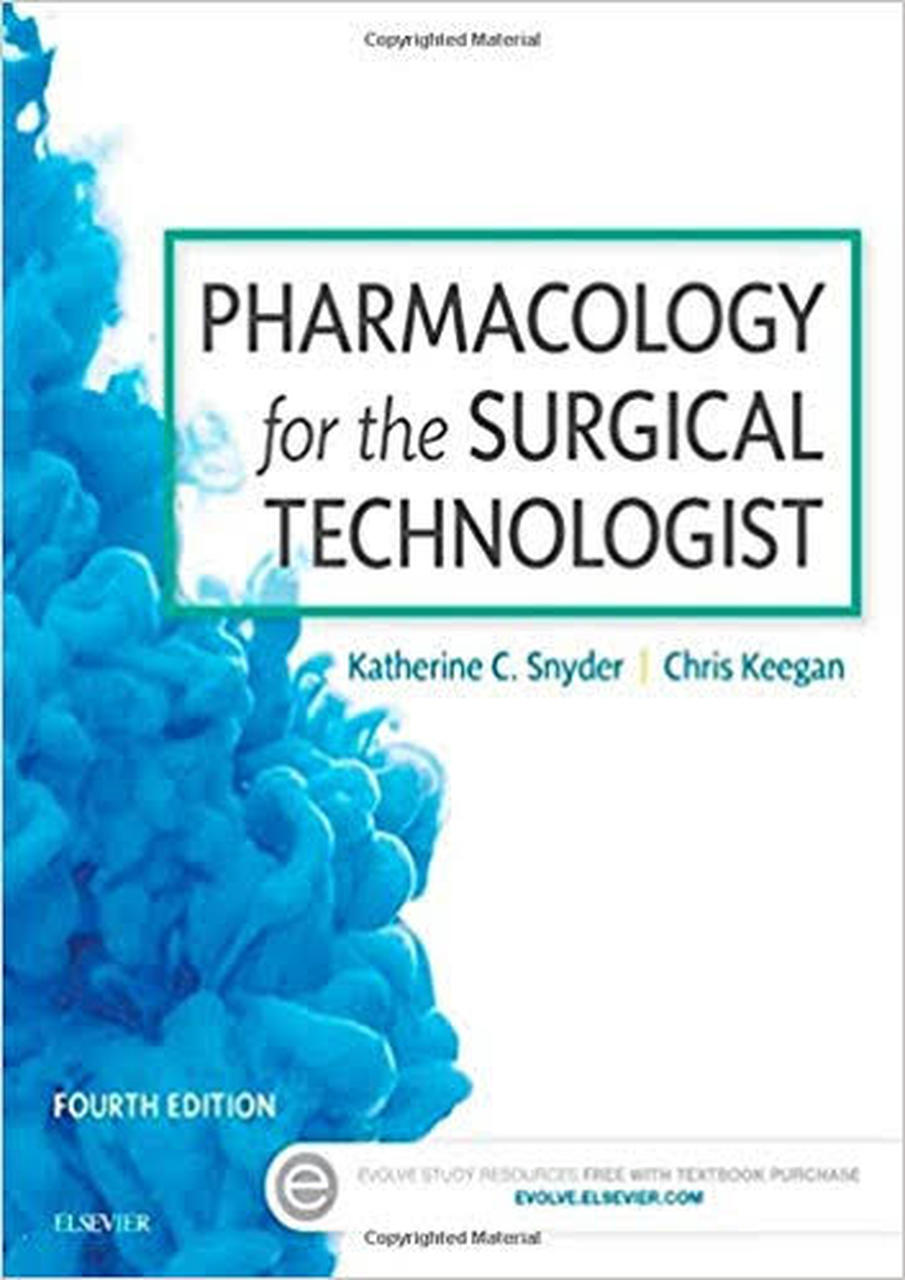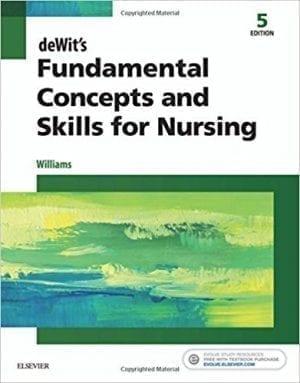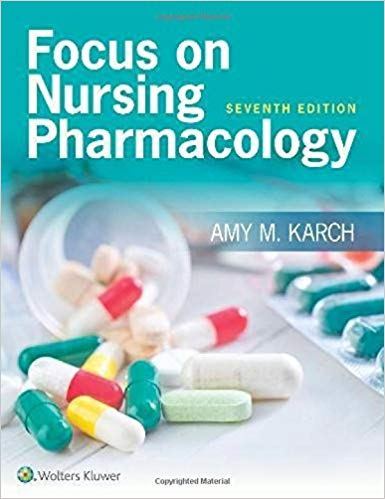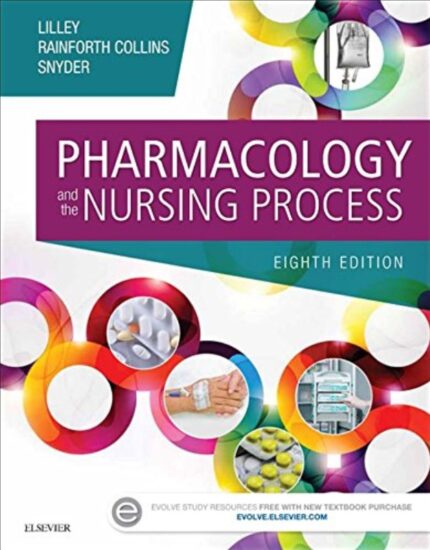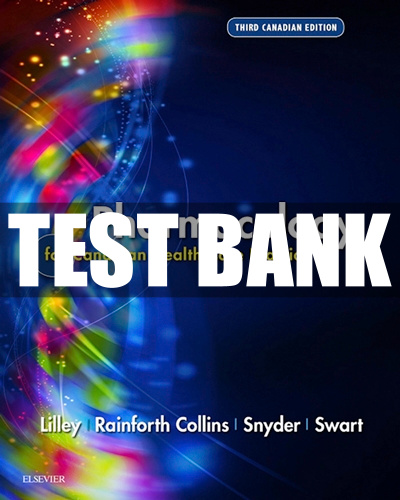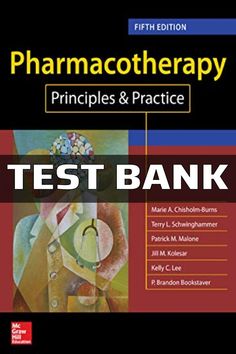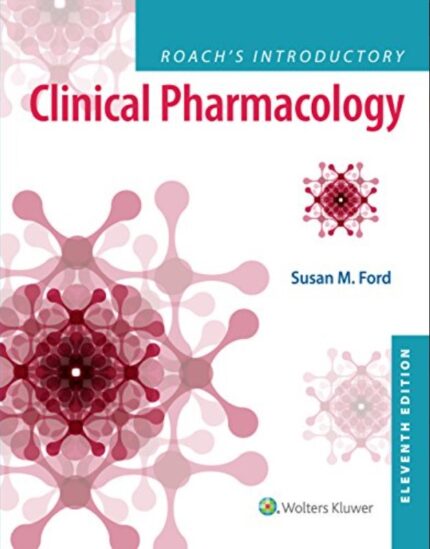Test Bank Pharmacology for the Surgical Technologist, 4th Edition by Katherine Snyder
Chapter 01: Basic Pharmacology
MULTIPLE CHOICE
- A drug that binds to a receptor and stimulates its function is said to be a(n) drug.
- agonist
- antagonist
- idiosyncratic
- pharmacokinetic
ANS: A
Agonist drugs bind to or have an affinity (attraction) for a receptor and cause a particular response.
DIF: 1 REF: 14 TOP: AST Core Curriculum X:B:1:b, agonist
- Which one of the following is not used for the classification of drugs?
- Therapeutic action
- Physiologic action
- Affected body system
- Source of origin
ANS: D
Drugs are classified by what they do, what they affect, what they are not, and where they come from.
DIF: 1 REF: 4 TOP: AST Core Curriculum X:B:2, therapeutic actions
- An anticoagulant drug is classified by its
- chemical type.
- source of origin.
- physiologic action.
- therapeutic action.
ANS: D
Therapeutic action describes what the drug does for a patient; in this example, it works against coagulation.
DIF: 1 REF: 4 TOP: AST Core Curriculum X:B:2:a, indications
- Prescriptions must include all of the following information except
- the name of the drug.
- patient’s social security number.
- drug dosage.
- route of administration of the drug.
ANS: B
Prescriptions must include the date, name of the patient, name of the drug, dosage, route of administration, and frequency or time of administration. The patient’s social security number will be in the chart but not on a prescription.
DIF: 1 REF: 5
TOP: AST Core Curriculum XI: B:2, prescription medications
- An order for a drug to be given as needed is called an order.
- standing
- oral
- stat
- PRN
ANS: D
PRN stands for pro re nata, which means that the drug may be given as needed.
DIF: 1 REF: 5 TOP: AST Core Curriculum XI:D:3:d, PRN
- What does the abbreviation so mean on a prescription?
- One half
- Once, if necessary
- Without
- As desired
ANS: B
sos means once, if necessary (see Table 1-3).
DIF: 1 REF: 5
TOP: AST Core Curriculum XI:B:2, prescription medications
- How is an order for a drug to be taken every 4 hours indicated on a prescription?
- q4h
- qid
- qod
- qs
ANS: A
The q means every; the actual number of hours is inserted before the h, which means hours.
DIF: 3 REF: 7
TOP: AST Core Curriculum XI:B:2, prescription medications
- How is an order for a drug to be given three times a day indicated on a prescription?
- q3h
- hs
- qh
- tid
ANS: D
tid means three times a day (see Table 1-4).
DIF: 1 REF: 7
TOP: AST Core Curriculum XI:B:2, prescription medications
- Which form of drug preparation tends to act more quickly?
- Solid
- Semisolid
- Liquid
- Gas
ANS: D
Absorption of drugs given by inhalation is rapid, especially gases such as inhalation anesthetics, because of the huge numbers of capillaries in the alveoli of the lungs.
DIF: 2 REF: 7 TOP: AST Core Curriculum XI:G:1, gas
- Which one of the following abbreviations indicates an ointment form of a given drug?
- gtts
- ung
- susp
- soln
ANS: B
ung means ointment.
DIF: 1 REF: 8 TOP: AST Core Curriculum XI:G:4, semisolid
- Which one of the following abbreviations indicates that a drug is to be given orally?
- IM
- PO
- IV
- SC
ANS: B
PO means per os or by mouth.
DIF: 1 REF: 9 TOP: AST Core Curriculum XI:H:4, PO
- How is a medication administered by any route except the mouth?
- Systemically
- Sublingually
- Parenterally
- Subcutaneously
ANS: C
The term parenteral indicates any route other than the digestive tract.
DIF: 3 REF: 9 TOP: AST Core Curriculum XI:H:1, injection/parenteral
- Which one of the following terms is the study of the four basic processes of absorption, distribution, metabolism, and excretion in response to drugs?
- Pharmacokinetics
- Pharmacodynamics
- Biotransformation
- Sympathomimetics
ANS: A
The study of pharmacokinetics focuses on how the body processes drugs.
DIF: 1 REF: 11 TOP: AST Core Curriculum X:A:2, pharmacokinetics
- Distribution of drugs within the body is carried out through which one of the following body systems?
- Respiratory
- Circulatory
- Integumentary
- Urinary
ANS: B
Once a drug has been absorbed into the bloodstream, it is transported throughout the body by the circulatory system. Drug molecules eventually diffuse out of the bloodstream to the site of action in the process called distribution.
DIF: 2 REF: 12 TOP: AST Core Curriculum X:A:2:b, distribution
- The time between the administration of a drug and the first appearance of its effects is called
- peak effect.
- onset.
- duration.
- reaction time.
ANS: B
The time between the administration of a drug and the first appearance of effects is called the onset.
DIF: 1 REF: 15 TOP: AST Core Curriculum X:A:3:a, onset
- Which group of drugs is known as receptor blockers?
- Antagonists
- Agonists
- Antipyretics
- Analgesics
ANS: A
Drugs that bind to a receptor and prevent a response are called antagonists (Fig. 1-11). Antagonists are also called receptor blockers.
DIF: 2 REF: 14 TOP: AST Core Curriculum X:B:1:c, antagonist
- An expected but unintended effect of a drug is termed a(n) effect.
- idiosyncratic
- adverse
- synergic
- side
ANS: D

